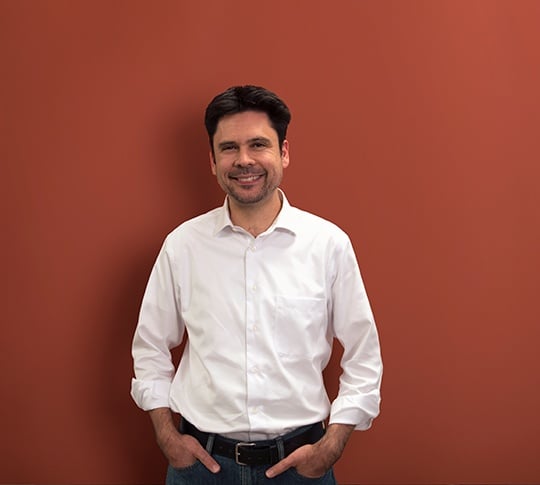
Almost everyone I meet who deals with education technology has the same misconception about learning. We all think that the promise of technology is that students will be able to whiz through more content in a shorter period of time. With adaptive software-based instruction, there’s nothing stopping ‘em, right?
Have you ever watched Cookie Monster eat a plate full of cookies? He gets through it extremely quickly with rapid noisy chomps, plate and all! But most of it falls to the floor. This is analogous to  what is currently happening in education without technology. We are racing kids through so much material so fast that very little of it sticks. We noisily espouse mastery, but we only give students time to build a cursory and superficial understanding.
what is currently happening in education without technology. We are racing kids through so much material so fast that very little of it sticks. We noisily espouse mastery, but we only give students time to build a cursory and superficial understanding.
Instead of using technology to accelerate the pace, we must go deeper. When fourth graders finish the “normal” fourth grade math content ahead of schedule, let’s not move them on to fifth grade math. Instead, let’s have them build an even deeper understanding of fourth grade math. There’s a reason that only 35 percent of eighth grade students scored proficient on the 2011 NAEP assessment in mathematics, and it’s certainly not that they needed to go through fourth grade math more quickly. This is what we are trying to do with ST Math. Instead of simply teaching students how to add fractions, we go deeper. We use virtual worlds and games to provide direct hands-on experience of what fractions are, how they work, and what it means to add them. These students can tell you first-hand why it’s useful to create common denominators (and what it means to do so) instead of simply memorizing them.
The new Common Core State Standards emphasize depth over breadth. Finally we have the opportunity to move beyond the Cookie Monster approach to education and spend more time on fewer concepts and make stronger connections between them. Of course, developers of instructional technology will need to shift out of “speed mode” and focus their innovations on content that will enable students to realize the promise of enhanced standards—deeper thinking, deeper learning and deeper understanding.
This post first appeared on District Administration, October 2012
Photo credit: Nonprofit Organizations

Matthew Peterson, Ph.D., is Co-founder and Chief Research & Development Officer at the MIND Research Institute. The creator of ST Math, Matthew leads a team in developing innovative learning environments.
Comment